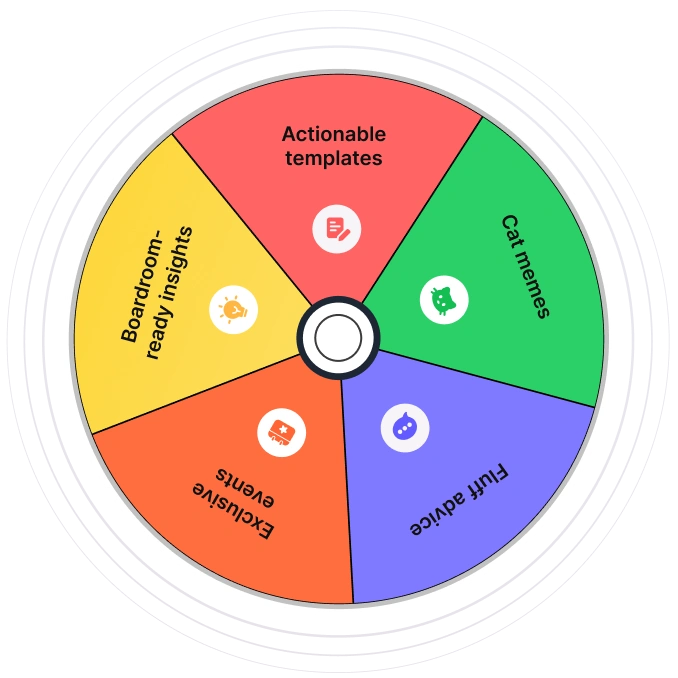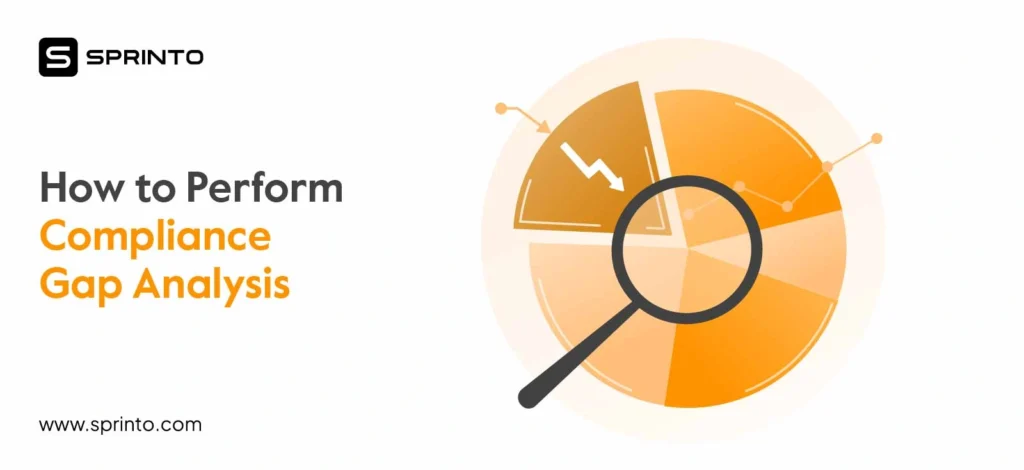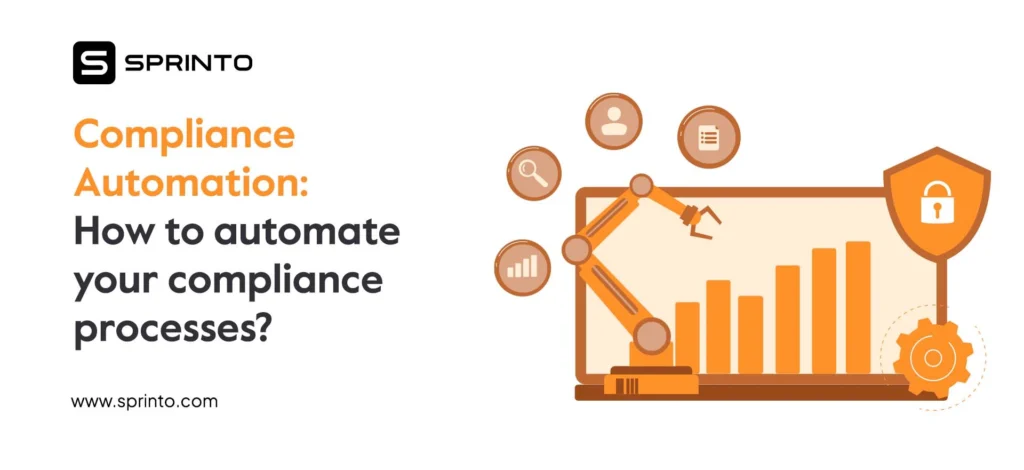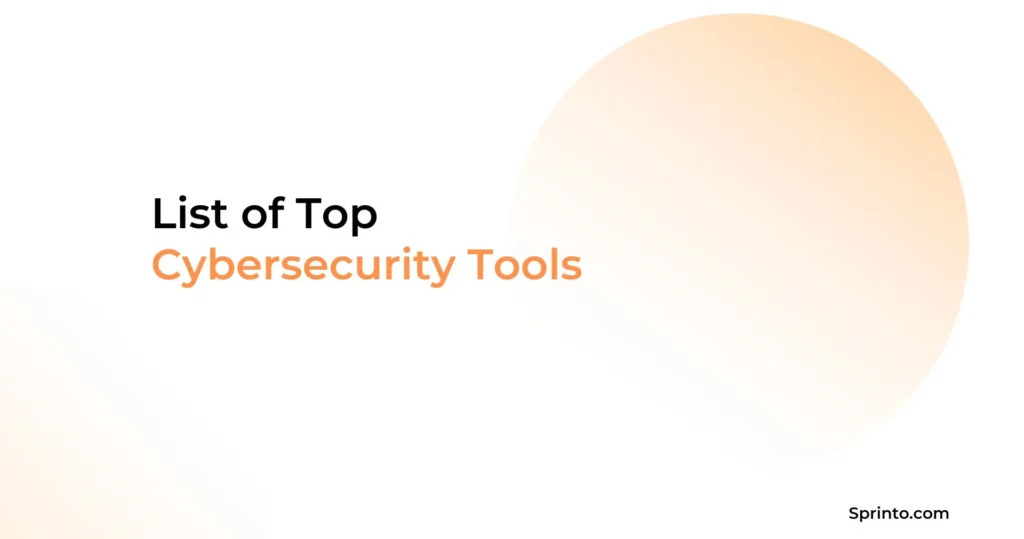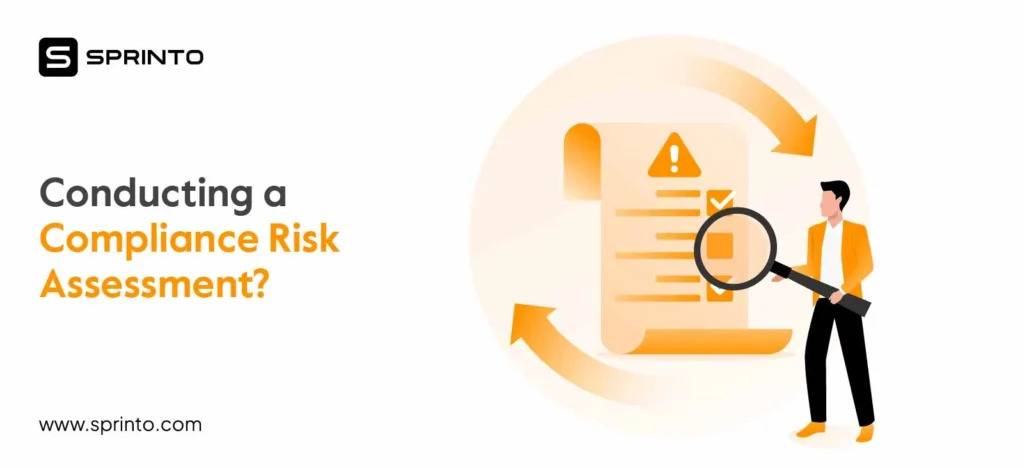What if the tools you rely on to protect your organization’s networks are only solving part of the problem?
The Essential Eight has long been a trusted framework for securing IT systems. Still, as cyber threats grow more sophisticated, strategies that address resilience on a deeper, more dynamic level are needed.
This is where the Digital Operational Resilience Act (DORA), a regulation tailored to the financial sector, comes in. It is designed to withstand operational disruptions and ensure continuity.
Now, the question arises: can these two distinct approaches work together to create a seamless, fortified defense?
Let’s explore how these frameworks intersect and the potential they hold when integrated.
TL;DR
| DORA ensures financial entities in the EU, such as banks and insurance companies, can withstand operational disruptions and remain resilient. |
| The Essential Eight focuses on eight key cybersecurity strategies, including patch management, multi-factor authentication, and regular backups. |
| Integrating DORA and Essential Eight blends technical controls with regulatory compliance. |
What is DORA?
DORA, or the Digital Operational Resilience Act, is a regulation designed to protect networks and information systems across the EU’s financial sector. It’s a mandatory framework to ensure banks, insurance companies, investment firms, and similar entities remain secure and resilient, even during severe operational disruptions.
Why is it so critical?
If ICT (Information and Communication Technology) risks aren’t adequately managed, disruptions can ripple across borders, impacting financial services, businesses, entire sectors, and potentially the broader economy.
DORA exists to strengthen the financial sector’s digital operational resilience and safeguard its stability.
Key areas covered by DORA are:
- ICT Risk Management: Establishing a framework to address and mitigate ICT risks
- Third-Party Risk Management: Monitoring and ensuring resilience standards for ICT service providers
- Resilience Testing: Conducting basic and advanced tests to strengthen ICT systems
- ICT Incidents: Managing and reporting ICT-related incidents
- Information Sharing: Exchanging intelligence on cyber threats and vulnerabilities
- Third-Party Oversight: Ensuring compliance and reducing risks with critical ICT providers
What are Essentials Eight?
The Essential Eight is a set of strategies designed to protect organizations’ internet-connected IT networks from cyber threats. While these principles can be adapted for enterprise mobility and operational technology networks, they were specifically created for IT systems, so unique environments may need different approaches for certain cyber risks.
Notably, it is developed by the Australian Signals Directorate (ASD) and forms part of their prioritized strategies to mitigate cyber security incidents.
These strategies are considered the most effective for safeguarding against a wide range of cyber threats.
Now, if you are curious, the Essential Eight includes:
- Patching applications
- Patching operating systems
- Enforcing multi-factor authentication
- Restricting administrative privileges
- Application control
- Restricting Microsoft Office macros
- Hardening user applications
- Performing regular backups
Maintain control health via a dedicated dashboard
How Do You Integrate DORA Principles into Essential?
Integrating DORA principles into the Essential Eight is not something you see much of, as both are very recent developments. However, you must find a balance where they naturally complement each other.
The Essential Eight gives you a strong foundation by focusing on protecting IT networks with practical, hands-on strategies like patching, multi-factor authentication, and backups. On the other hand, DORA adds a regulatory lens to the mix so that your processes remain resilient, compliant, and prepared for disruptions.
Essential Eight handles the “how” of cybersecurity, such as preventing vulnerabilities and reducing risks. DORA then steps in with the “why,” ensuring that these measures align with broader operational resilience goals, particularly for financial entities.
For example,
- Essential Eight: Regularly patching applications and operating systems helps prevent known vulnerabilities from being exploited.
- DORA: Mandates that organizations assess the impact of ICT risks on operations and establish contingency plans to address disruptions caused by unpatched systems.
Things start to connect with incident management and testing. Essential Eight helps prevent incidents, while DORA takes it further by requiring structured reporting and advanced resilience testing.
Together, these approaches help you avoid problems and handle them effectively if they arise.
As an investment firm, combining the controls of Essential Eight with the regulatory strength of DORA has been shown to recover faster and with fewer long-term impacts after disruptions.
Who Does DORA and Essential 8 Apply to?
It’s a common misconception that DORA applies not only to banks and financial institutions but also to critical suppliers that support the financial sector.
For instance, if a company manages a bank’s network, it falls under DORA’s scope.
The logic is simple: even if a bank is secure, an insecure ICT supplier can still pose a significant risk.
That’s why DORA includes these suppliers, though their rules might differ slightly from those for banks or asset managers.
For large organizations like major banks or pension funds, DORA may not be a massive shift since they’re already heavily invested in security. These companies would likely just need to do a gap analysis to identify areas where they need to align further.
However, for smaller businesses, DORA might mean implementing security measures they’ve never had to consider before.
While the Essential Eight isn’t legally mandated, it’s strongly recommended for all Australian organizations, including businesses and government agencies. Adopting it helps reduce cyber risks and strengthen overall security, a crucial step for any entity looking to protect its systems and data effectively.
Sprinto: The one-stop solution for DORA compliance
DORA does not require third-party audits or certifications, but they’re highly recommended to demonstrate ongoing compliance.
As a financial company, you must implement DORA’s requirements through strong security programs and validate their efforts through internal and external reviews, similar to GDPR.
Noncompliance comes with risks—fines, recovery costs after cyber incidents, legal liabilities, and reputational damage. The solution? Regularly audit and improve your ICT risks and security posture.
Sprinto GRC automation platform is a trusted partner that helps you achieve and maintain DORA compliance. Here’s how Sprinto supports organizations:
- DORA Gap Analysis: Sprinto helps assess your current practices against DORA requirements, guided by experts and external implementation partners.
- Risk Management: Sprinto’s built-in risk register, aligned with ISO 27005, can be used to identify internal and external risks. It supports risk assessments and helps implement tailored controls, policies, and risk treatments.
- Vendor Risk Management: Sprinto enables you to build or audit your vendor risk management program, ensuring due diligence and ongoing monitoring for critical third-party providers.
- Governance Framework: Document and publish policies, manage acknowledgment campaigns, and maintain version control for all policies within the Sprinto platform.
- SCF Control Mapping: Sprinto includes 102 built-in SCF (Secure Control Framework) controls mapped to DORA requirements. Automated workflows and real-time dashboards track compliance and alert you to changes.
- Automated Evidence Collection: The platform streamlines internal and external audits by centralizing evidence in an automated Evidence Hub, reducing manual effort and audit preparation time.
Interested? Get on a call to know more.
FAQs
What’s the difference between NIST and Essential Eight?
NIST covers various cybersecurity areas, including risk management, incident response, and security controls, offering comprehensive guidelines for various sectors. Essential Eight, however, narrows its focus to eight specific controls designed to reduce the risk of cybersecurity incidents in IT networks.
Who does DORA apply to?
DORA applies to all financial sector entities. Also, critical third-party providers (CTPPs) offering ICT services to these entities are included and will be subject to an EU oversight framework.
Who is exempt from DORA?
Some smaller financial entities are exempt, such as sub-threshold Alternative Investment Fund Managers (AIFMs), small insurance and reinsurance companies exempt from Solvency II, and small occupational retirement institutions.
Meeba Gracy
Meeba, an ISC2-certified cybersecurity specialist, passionately decodes and delivers impactful content on compliance and complex digital security matters. Adept at transforming intricate concepts into accessible insights, she’s committed to enlightening readers. Off the clock, she can be found with her nose in the latest thriller novel or exploring new haunts in the city.
Explore more
research & insights curated to help you earn a seat at the table.






